(+976) 11-354662
| info@tourmongolia.com | sales@tourmongolia.com
The Culture of Mongolia has been heavily influenced by the Mongolian nomadic way of life. Other important influences come from Tibet and Tibetan Buddhism, as well as from China. Due to 76 years as a communist Satelite State of the Soviet Union, even today Russia exerts a strong influence over Mongolia.
Nomads have a musical mindset, and their melodies are an intrinsic part of their lifestyle. Nomads have developed various forms of calling, whistling, whooping, and practicing rituals such as “chuugii,” “khuus” and “toig” to communicate with their herds.
However, the most prestigious forms of nomadic music are “khuumii” or throat singing, and “urtiin duu” or long songs. Khuumii and long songs have special sounds which will touch your inner soul and give you positive energy. Mongolian songs mimic their surroundings, so you can hear the mountains, wind, water, birds, and animals in these spiritual tunes.
Accompanied by melodies played on a horse-headed fiddle, Mongolian long songs make you feel the timeless freedom and the serene composition of harmony between man and nature. It is not a surprise that any concert hall is too small to fully appreciate khuumii and long songs.
-Nomadic by nature
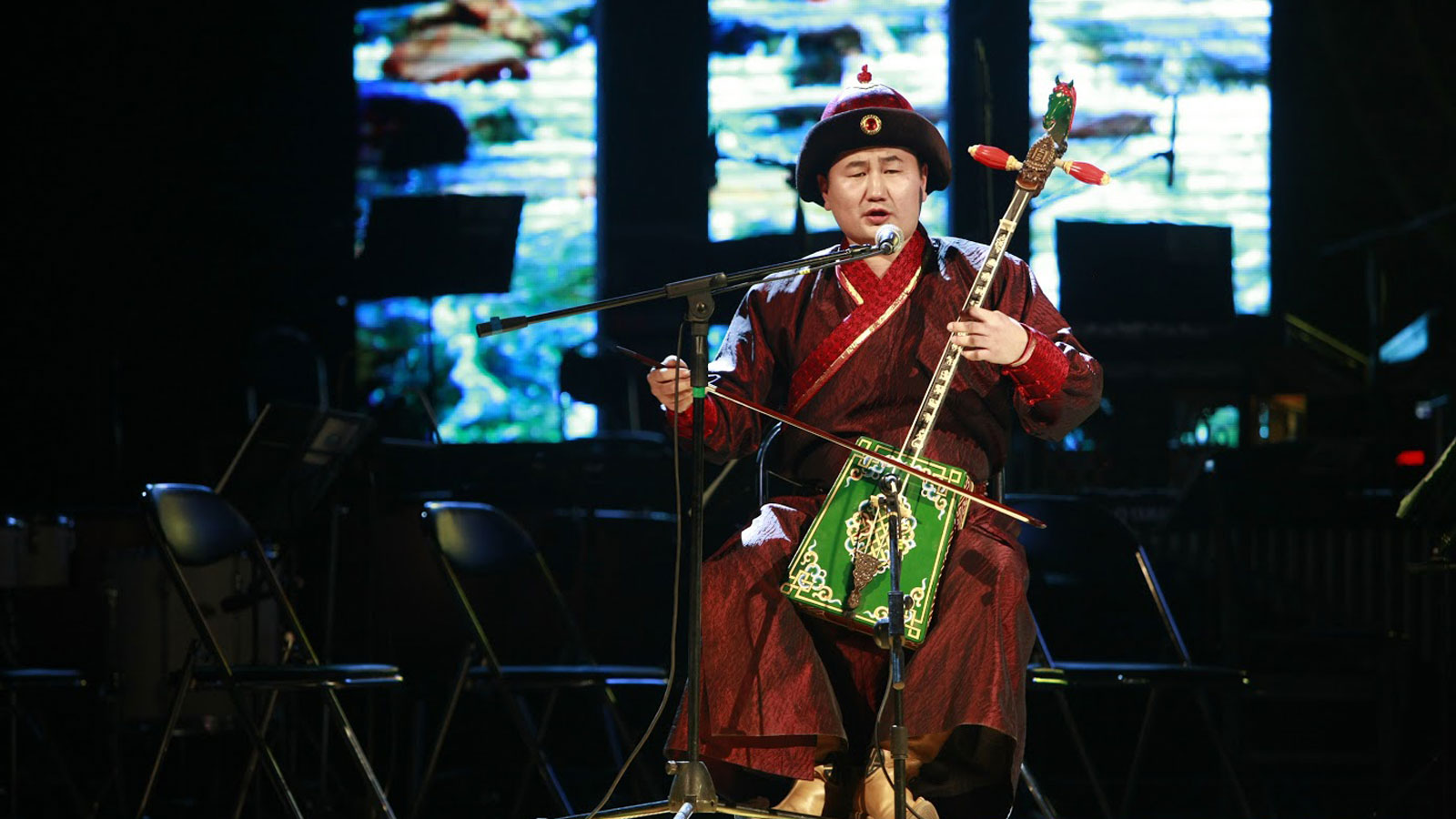
Morin khuur or horse-headed fiddle is the Mongolian national musical instrument. Until the 1990’s the instrument was mainly used to perform national melodies which imitate animals, especially the horse.[expander_maker id=”1″ more=”Read more” less=”Read less”]Nowadays, it is also used to perform world-class melodies. Many Mongolian and foreign spectators are impressed and delighted by the instrument’s potential. The Morin khuur was created by nomads and is a part of the world’s cultural heritage. The instrument itself also represents the Mongolian horse and imitates the pace of a horse. This is how the horse-headed fiddle represents the close bond between Mongolians and their horses. The horse is the pride of the Mongolian cavalry and the mainstay of their unity.[/expander_maker]
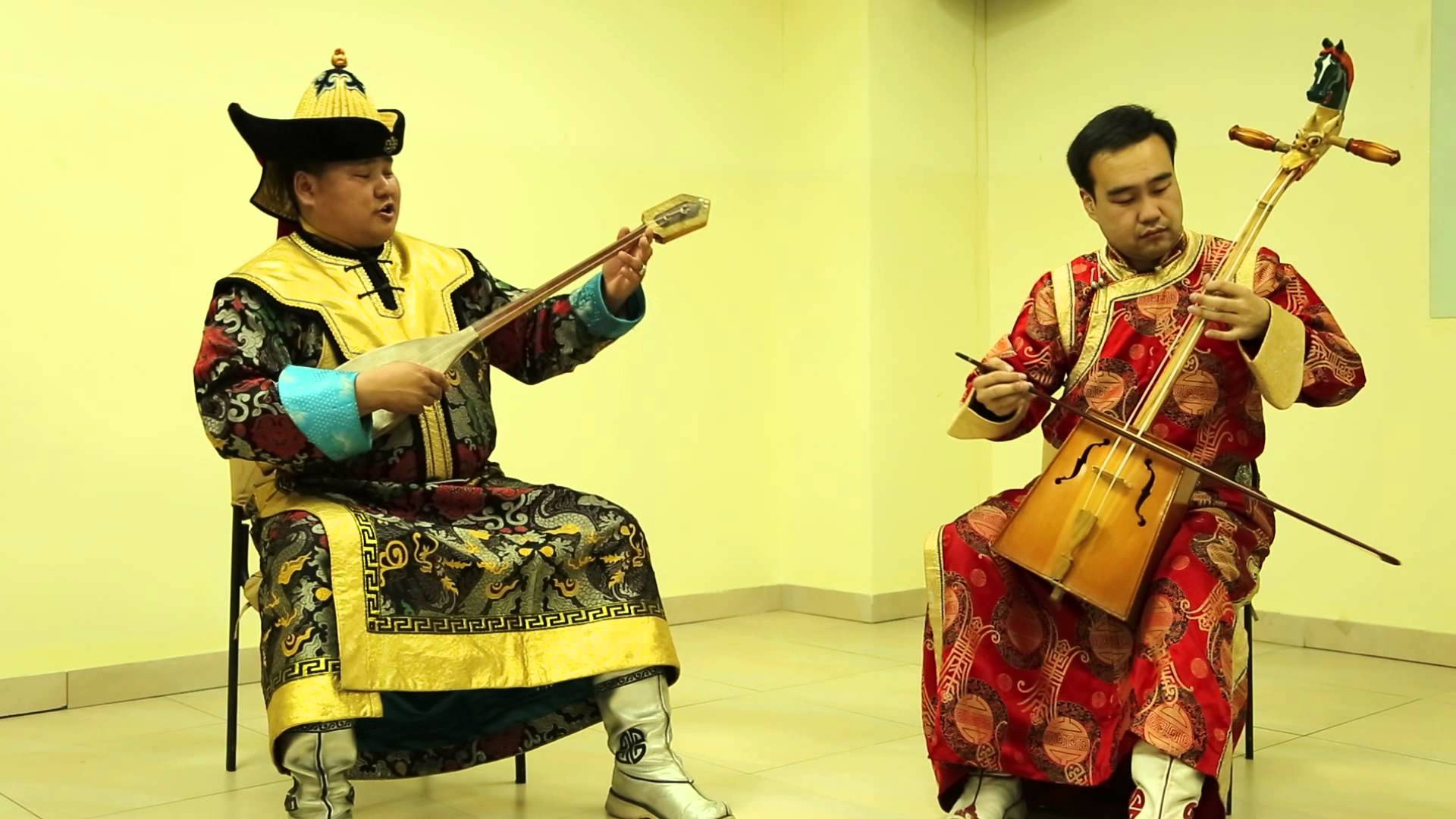
Playing the Khuumii involves producing two simultaneous tones at the same time. It is a difficult skill requiring special breathing techniques. One tone comes out as a whistle-like sound, while the rest of the breath is forced out through the throat in a certain way, resulting in a lower tone that sounds like a bass.[expander_maker id=”1″ more=”Read more” less=”Read less”]The Khuumii is considered musical art that is not exactly singing, but using one’s throat as an instrument. It is not found in any other national culture.[/expander_maker]

Long song is a unique traditional singing style known as “Urtiin duu.” You won’t find this type of miraculous singing style anywhere in the world except Mongolia. A herder usually sings a complicated long song when taking his herds to pasture, and can be heard drawing out the vowel sounds. [expander_maker id=”1″ more=”Read more” less=”Read less”]The long song is evocative of the boundless steppe. While people from other countries often live close together, Mongolians are comparatively independent people. This fact of life inspires these profound songs, demanding hours of practice and breathing abilities. Long songs are composed collectively by the people of Mongolia, so there is no specific author or composer. They represent one of the oldest genres of Mongolian musical art, dating back to the 13th century.[/expander_maker]
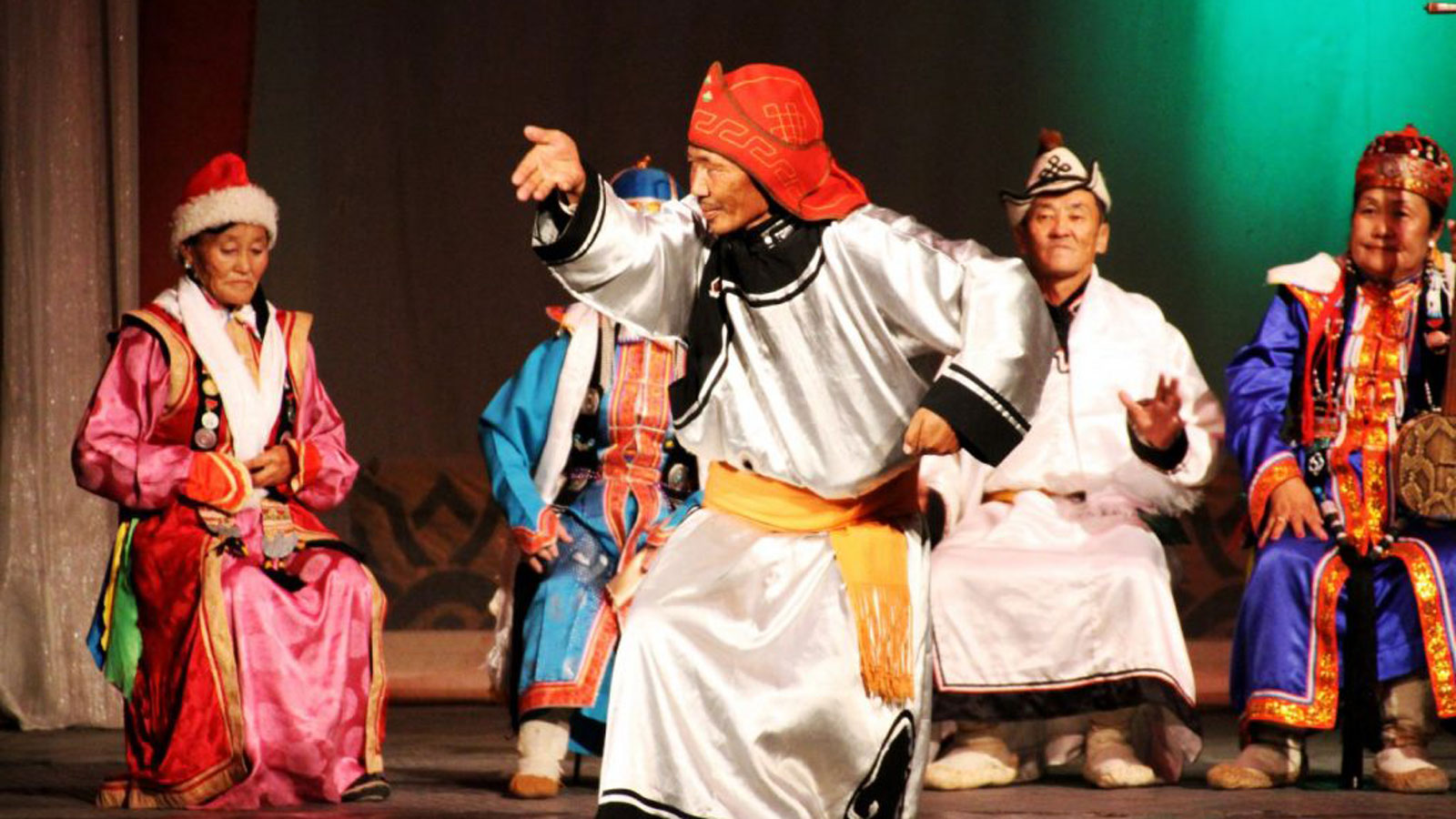
Biyelgee is a dance particular to the people of western Mongolia. The dancers rarely use their lower part of the body. Instead, the dancers use only the upper part of their body. There are more than ten types of Biyelgee distinguishable by the movement of arms, especially shoulders, wrist and fingers.[expander_maker id=”1″ more=”Read more” less=”Read less”]Mongolians have performed Biyelgee since childhood. In olden days the herding neighbors used to get together in their Ger to have fun of dancing Biyelgee. This way the traditional manner of performing Biyelgee has been handed down from generation to generation and reached the present time in a somewhat modified form.[/expander_maker]
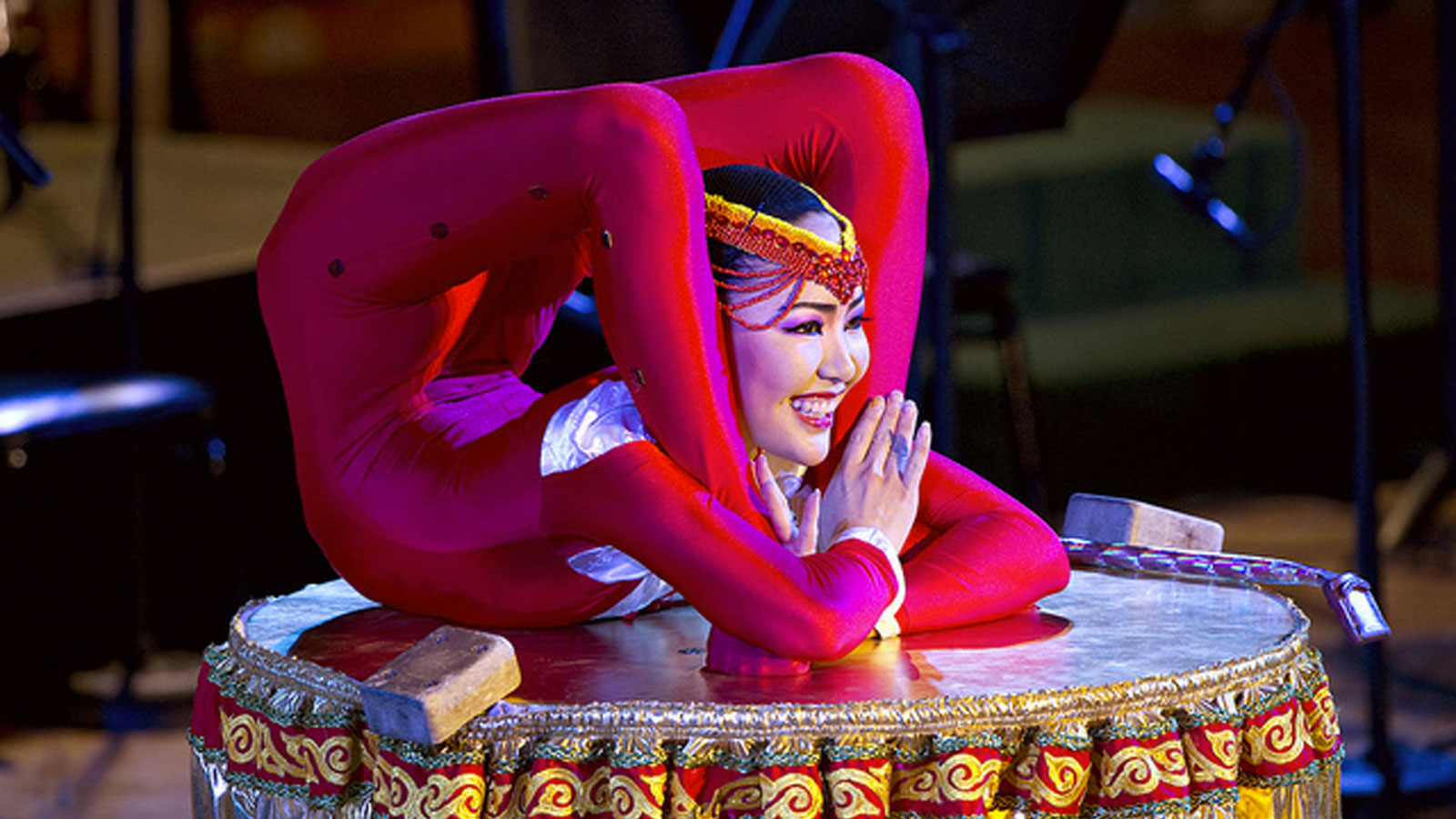
Mongolian contortion is a unique circus art and a part of national heritage since the 12th century, but one that has been rapidly developing since 1990. The contortionist’s dance is called “Uran Nugaralt,” which means artistic bending. Mongolians like to say that contortion art and Tara sculpture art are connected to each other.[expander_maker id=”1″ more=”Read more” less=”Read less”]Famous Mongolian artist and Buddhist leader Zanabazar inspired the unique features of traditional Mongolian contortion, which combines physical movement with harmony, rhythm, and synchronization. Contortionists are gifted with natural flexibility and are trained under many hours of exercise. Most contortionists are generally categorized as “front benders” or “back benders,” depending on the direction in which their spine is most flexible. Nowadays, Mongolian contortion performances are famous around the world. At the Tumen Ekh Ensemble and State Academic Theater, you can see contortion performances every day at 6 pm from June-September.[/expander_maker]
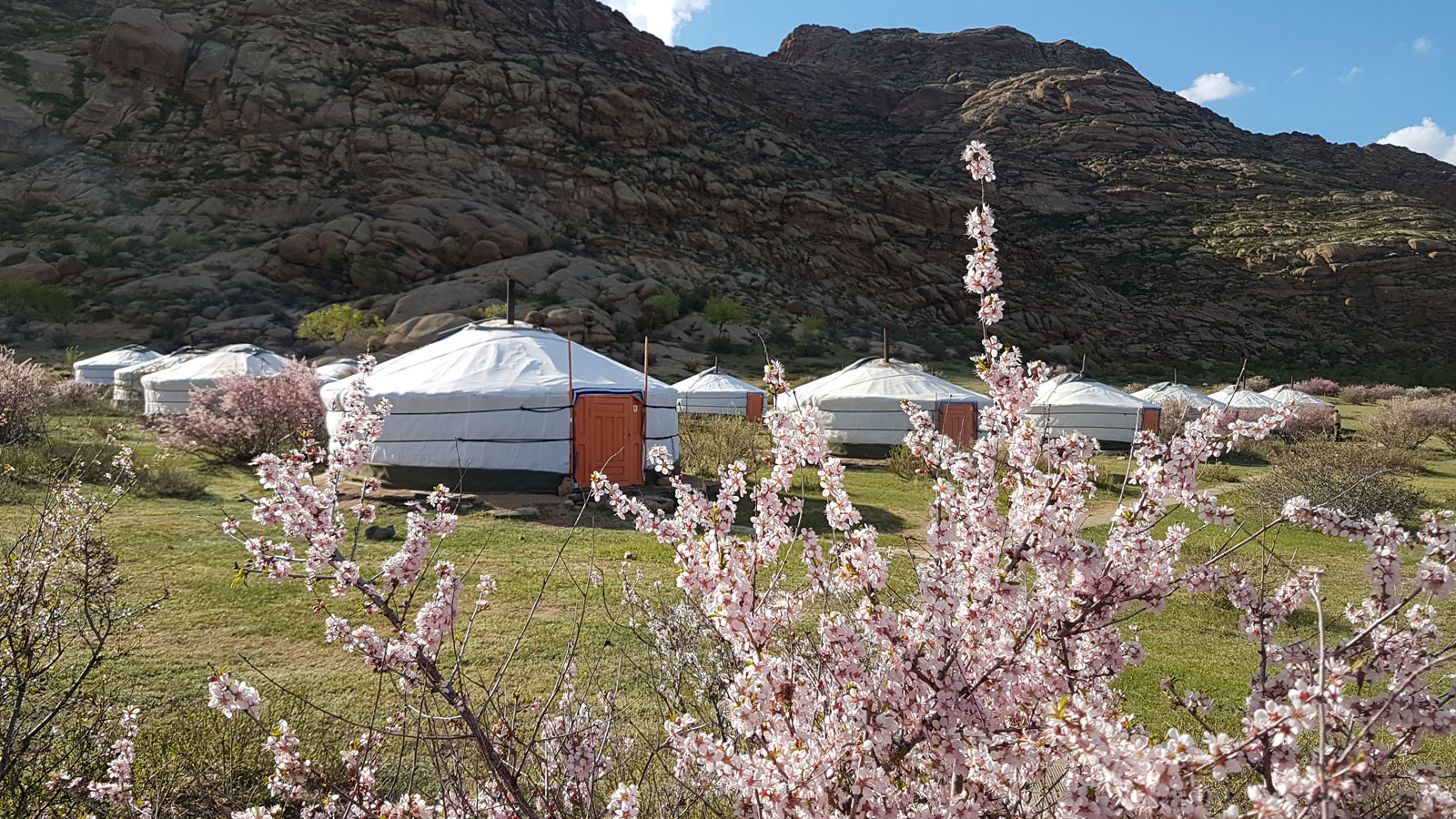
This ancient genre, enriched for generations, combines poetry, song, music and the individuality of each performer. For example, singers can sing with or without a musical instrument. These sung stories are told from memory and may have thousands of quatrains. Such long stories are usually performed on long winter nights. [expander_maker id=”1″ more=”Read more” less=”Read less”]By combining their stories, music and drama, herders organized a kind of home school. The children, while playing various games with sheep ankle bones and wooden toys, listened to the songs and learned history, life and folklore. “Geser” “Jangar” “Khan Kharkhui” and “Bum Erdene” are classic legends and long songs. Each contains a wealth of folk wisdom and national heritage.[/expander_maker]

The main Mongolian nomadic garment is the Deel, a long, one-piece gown made from wool or silk. Most Mongolians have several different Deels, appropriate for different seasons, as well as a more decorative Deel for special occasions. Winter Deels are often lined with sheepskin.[expander_maker id=”1″ more=”Read more” less=”Read less”]The Deel has a high collar, is often brightly colored, is worn with a multipurpose sash, and is worn by men and women year-round. Ethnic groups are differentiated by the color, decoration, and shape of their Deel. The Khantaaz is a shorter traditional jacket, often made of silk, which also has buttons on the side, and is usually worn over the Deel. With regards to hats, fur-trimmed hats, mostly made of sable, are popular. The Gutal is a high boot made from thick leather that is often intricately decorated. They are easy to put on as both the left and the right boot are the same shape. There are many differing explanations for the curled, upturned toe.[/expander_maker]
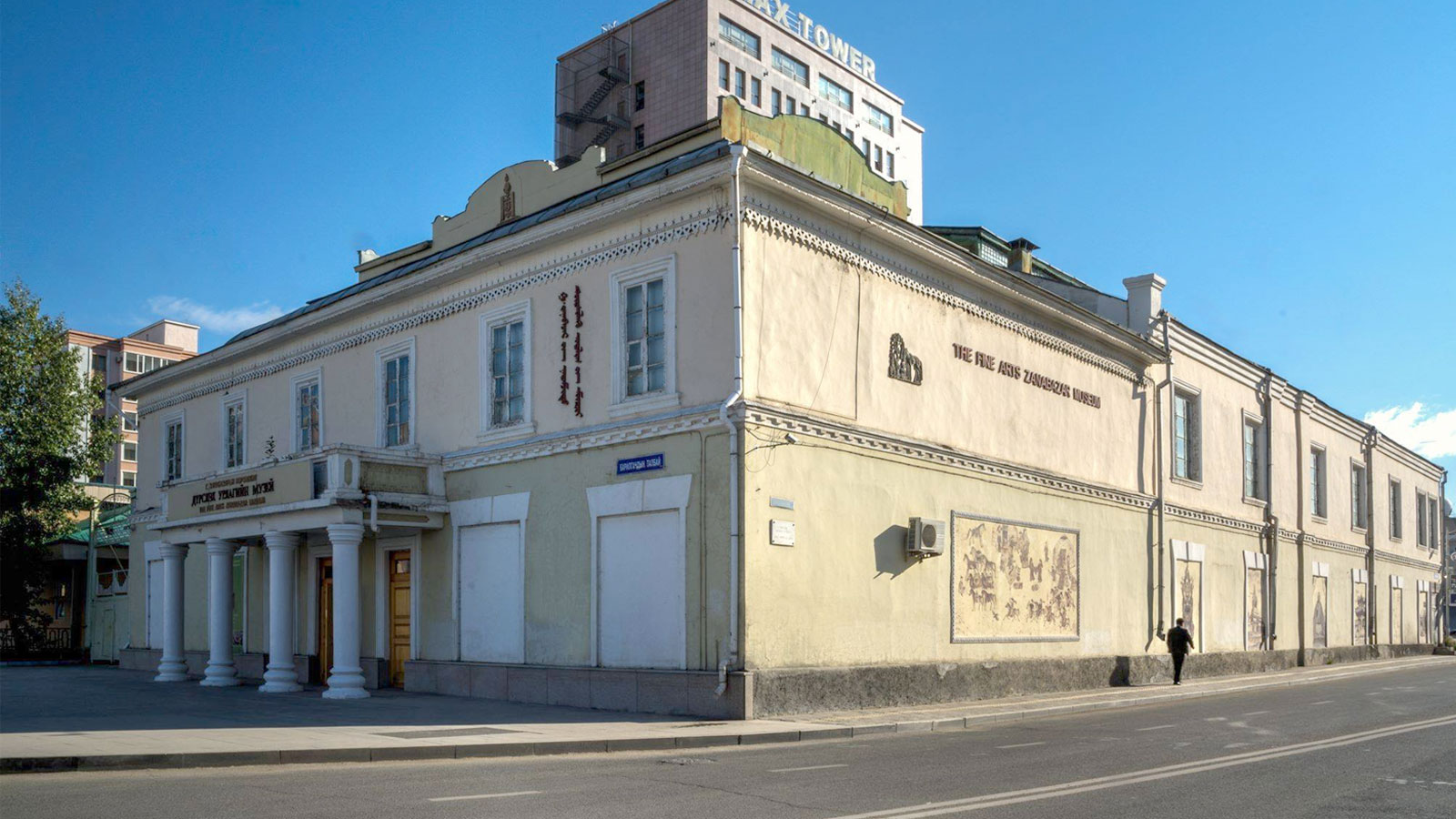
Before the 20th century, most works of fine art in Mongolia had a religious function, and therefore Mongolian fine arts were heavily influenced by religious texts. Thangkas were usually painted or made an applique technique. Bronze sculptures usually showed Buddhist deities. A number of great works are attributed to the first Jebtsundamba Khutuktu, Zanabazar.[expander_maker id=”1″ more=”Read more” less=”Read less”]In the late 19th century, painters like “Marzan” Sharav turned to more realistic painting styles. Under the Mongolian People’s Republic, socialist realism was the dominant painting style, however traditional Thangka-like paintings dealing with secular, nationalist themes were also popular in a genre known as “Mongol Zurag”. Among the first attempts to introduce modernism into the fine arts of Mongolia was the painting of “Ejiin setgel” (Mother’s Love) created by Tsevegjav in the 1960s. Due to Soviet influence, he was purged and his work was censored. However, after “Perestroika” in the late 1980s, Mongolian fine art of all kinds began to flourish. Otgonbayar Ershuu is an important painter of that time, who was portrayed in the film “ZURAG” by Tobias Wulff.[/expander_maker]

A ger, which means “home” in Mongolian is referred as the White Pearl of Mongolia. It is not only practical in daily use but also holds significant meaning for the Mongolian people. The ger or “yurt” as it is more commonly known in the Turkish language is perfected to meet the demands of a nomad’s life. It is a circular felt-covered dwelling with lattice walls that can be erected and dismantled within an hour. The materials of the ger are lightweight, which make it easy for herders to transport the gers either on the backs of a camel or on a horse pulled cart.[expander_maker id=”1″ more=”Read more” less=”Read less”]Mongolian gers are decorated with beautiful carved doors and pillars as well as handmade (woven and knitted) fabrics. The two pillars that hold the “ton” (the hole in the center of the roof) symbolize the man and the woman of the household, and walking between them is considered bad manners. Herders can also easily tell you what time of day it is according to how the light comes through roof. Due to wind mostly from the North and Northwest, and an association with the north as a source of bad spirits, the doors of the gers and the beds in them always face south.[/expander_maker]
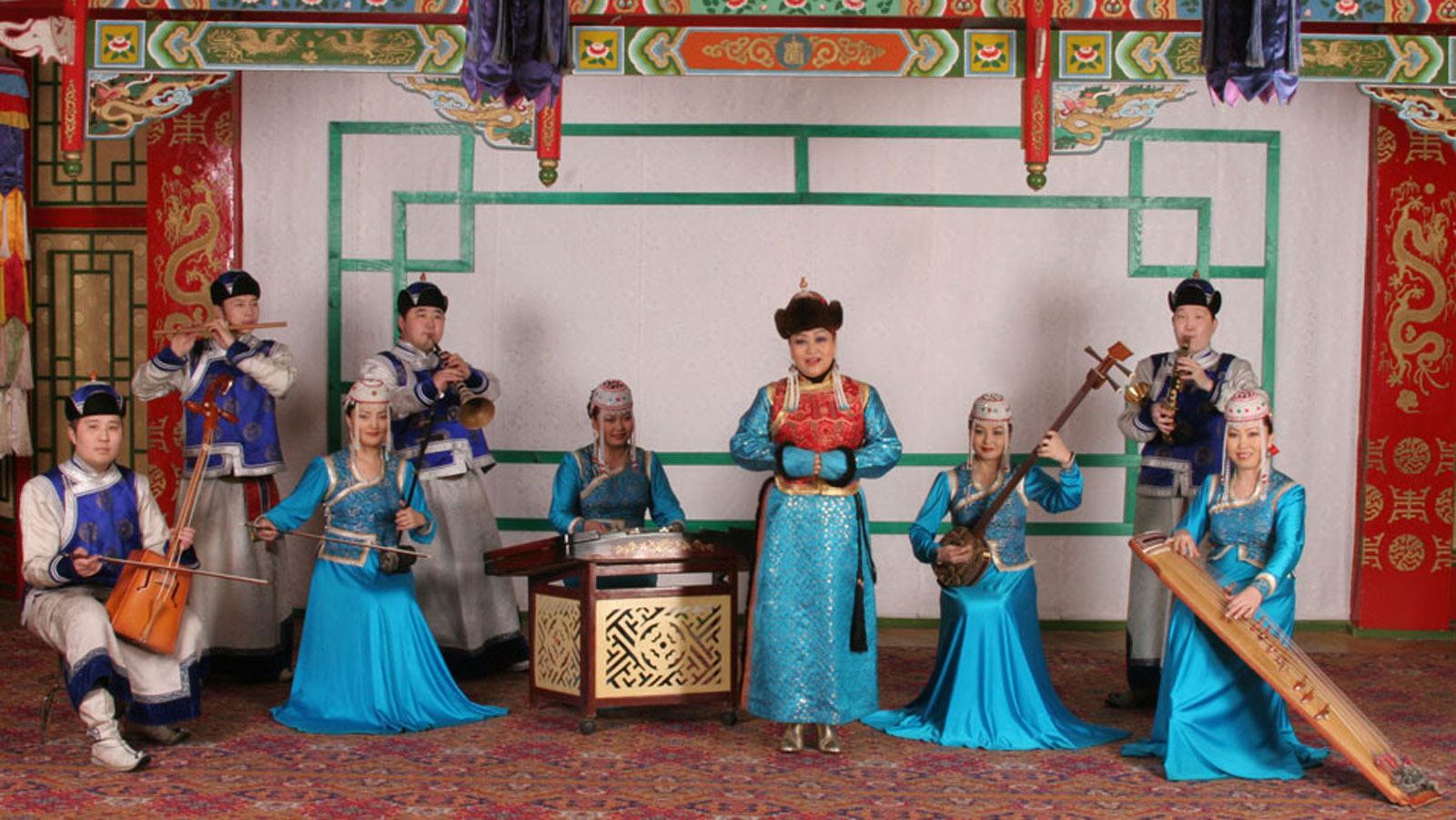
The Tumen Ekh Ensemble is comprised of artists who perform all types of Mongolian songs, instruments, and dances. They play traditional instruments including the morin khuur (horse-head fiddle) and perform Mongolian long songs, epics, eulogy songs, a shamanic ritual dance, an ancient palace dance and a Tsam mask dance.
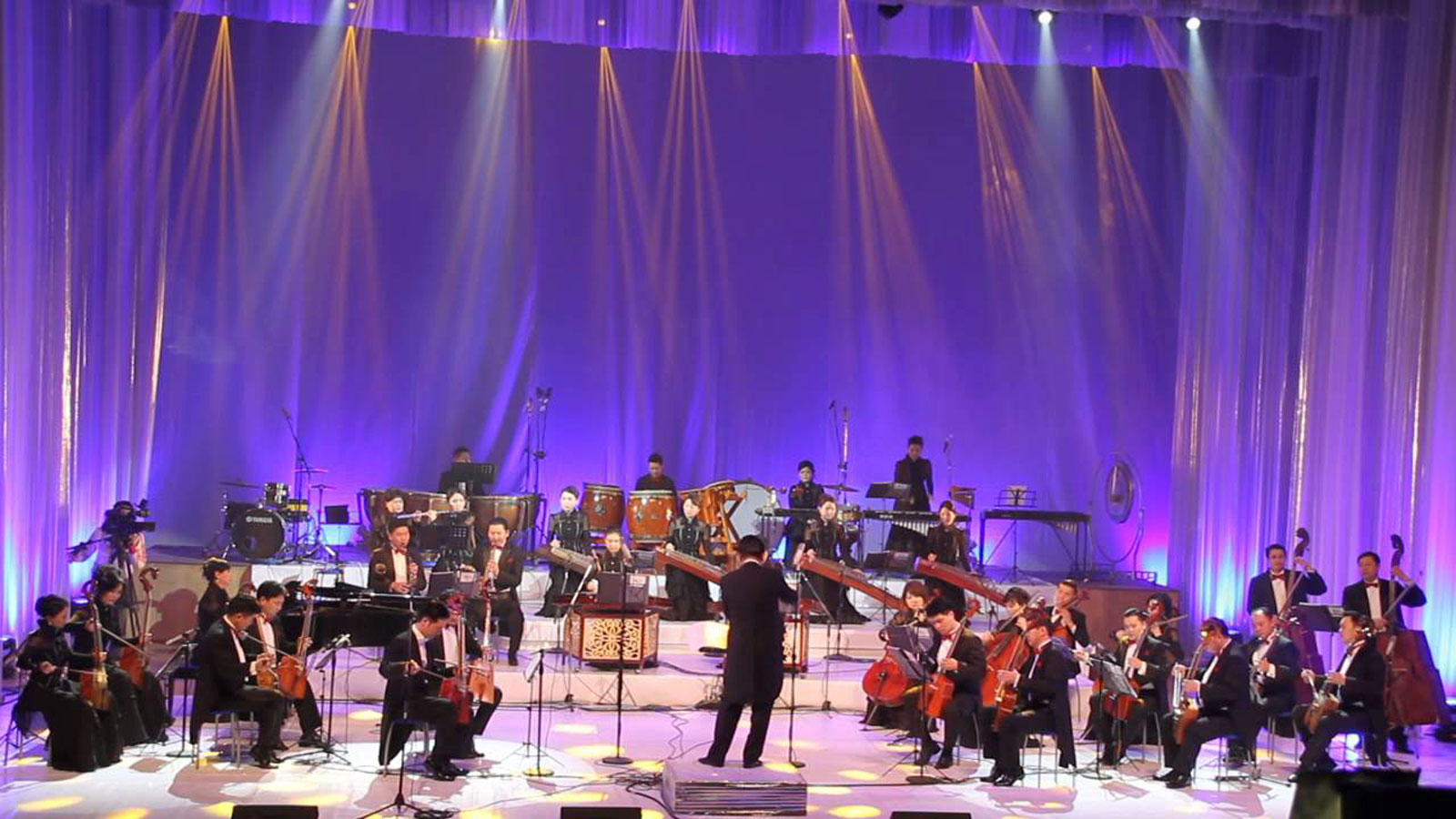
The Morin Khuur Ensemble of Mongolia is part of the Mongolian State Philharmonic Orchestra located in Chinggis Khan Square. It is a popular ensemble featuring the national string instrument, the Morin Khuur, and performs various domestic and international classical works.
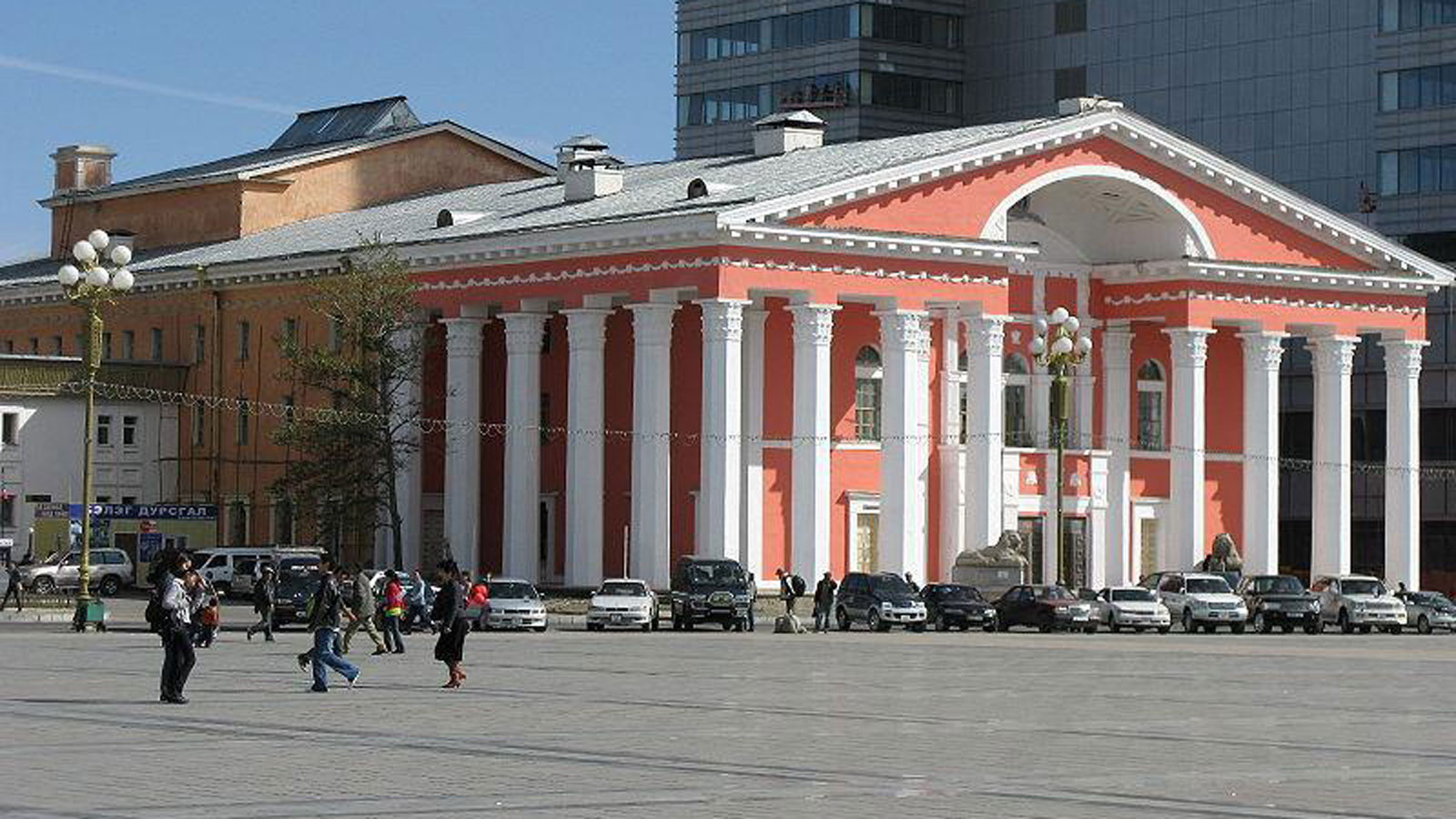
The Ulaanbaatar Opera House, located in the center of the city, hosts concerts and musical performances as well as opera and ballet performances. They closely collaborate with world ballet groups such as the Boston Theatre.
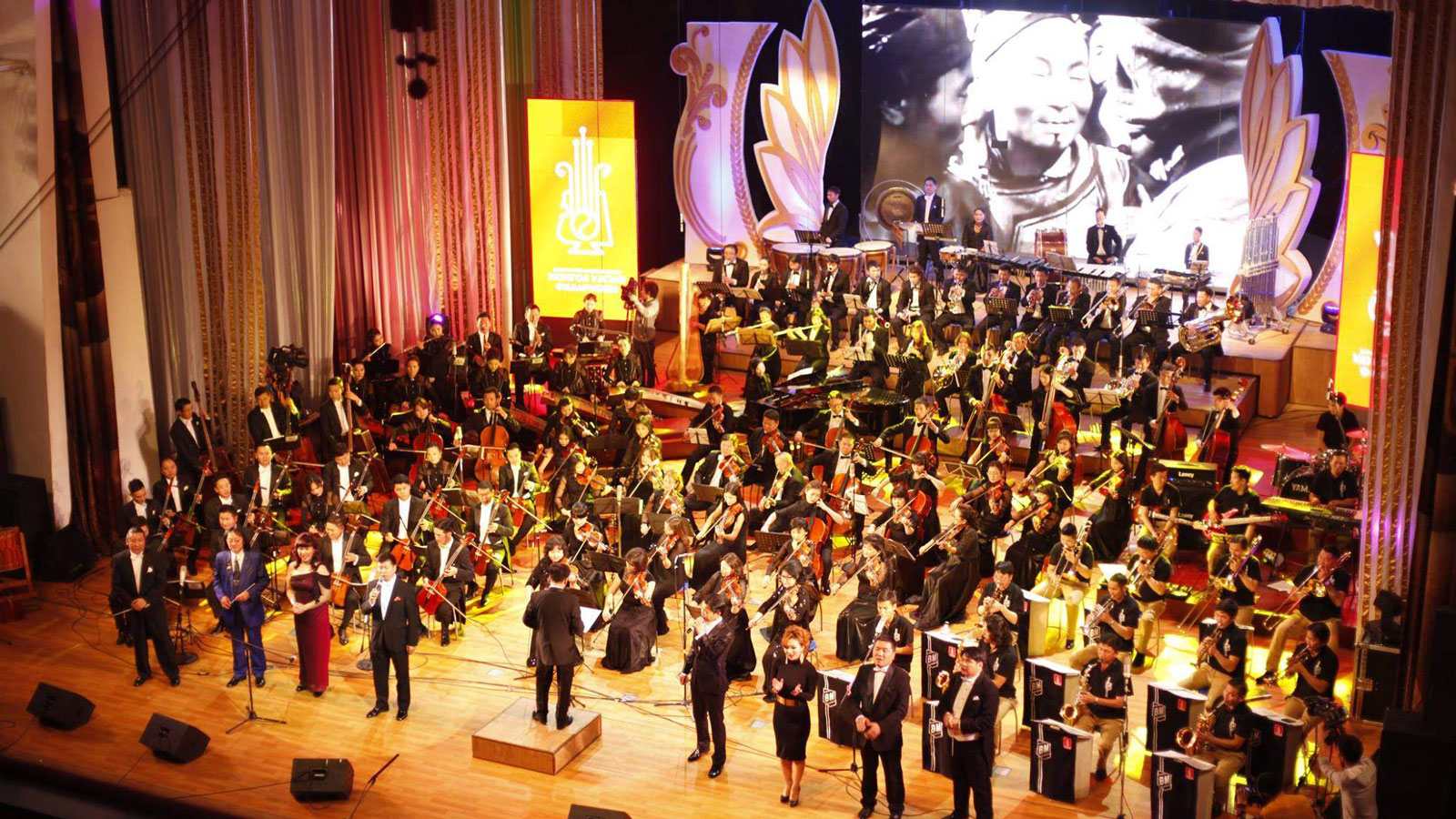
The Mongolian State Grand National Orchestra was founded in 1945. It is the largest orchestra of traditional instruments in the country with a repertoire that extends beyond national music and encompasses many international pieces as well.
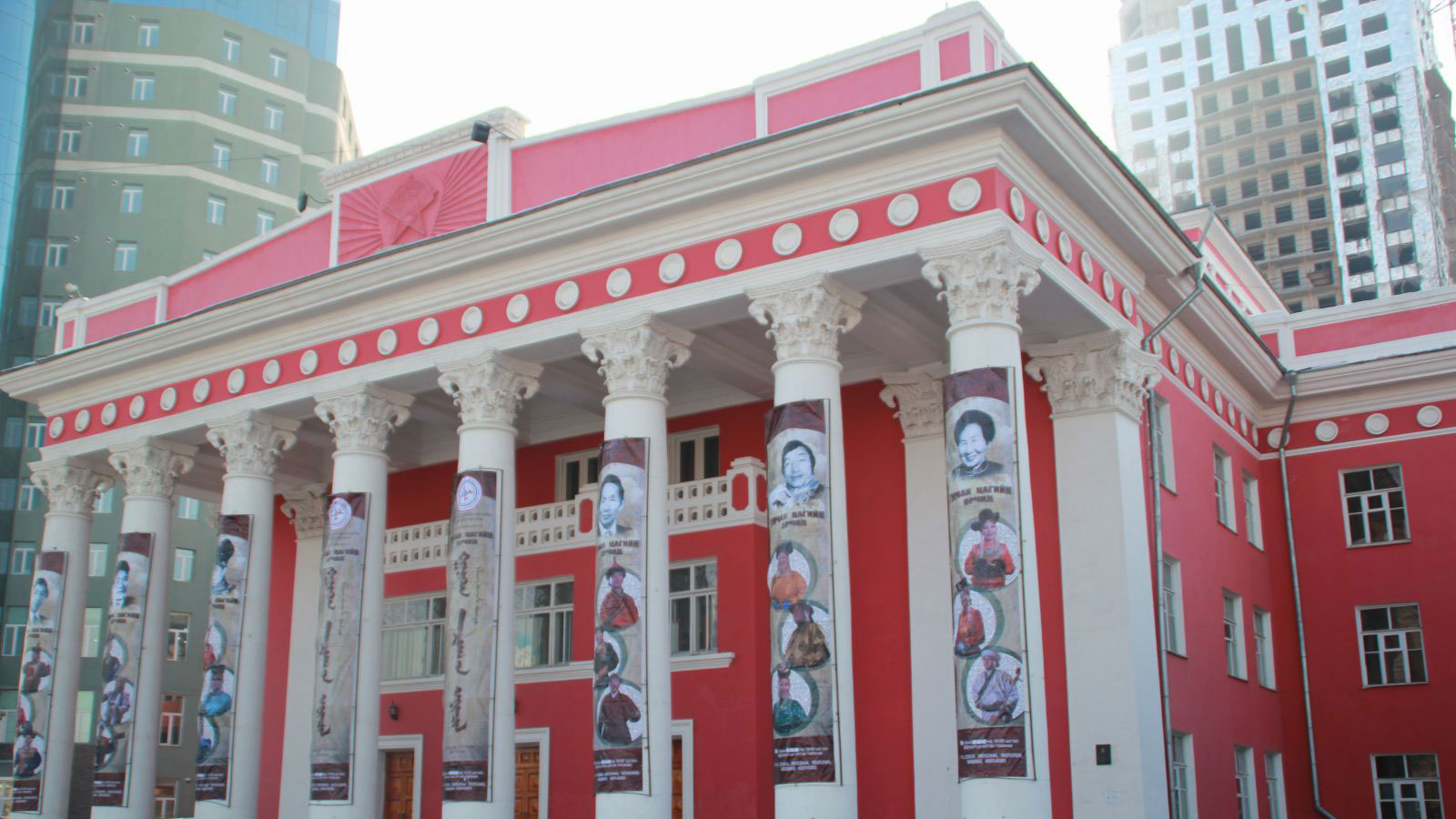
The State Academic Drama Theatre is Mongolia’s first contemporary professional performing art establishment, performing more than 400 world and national classical works. The theatre showcases national language, customs and life on its stage, and enriches its offerings with new works every year.
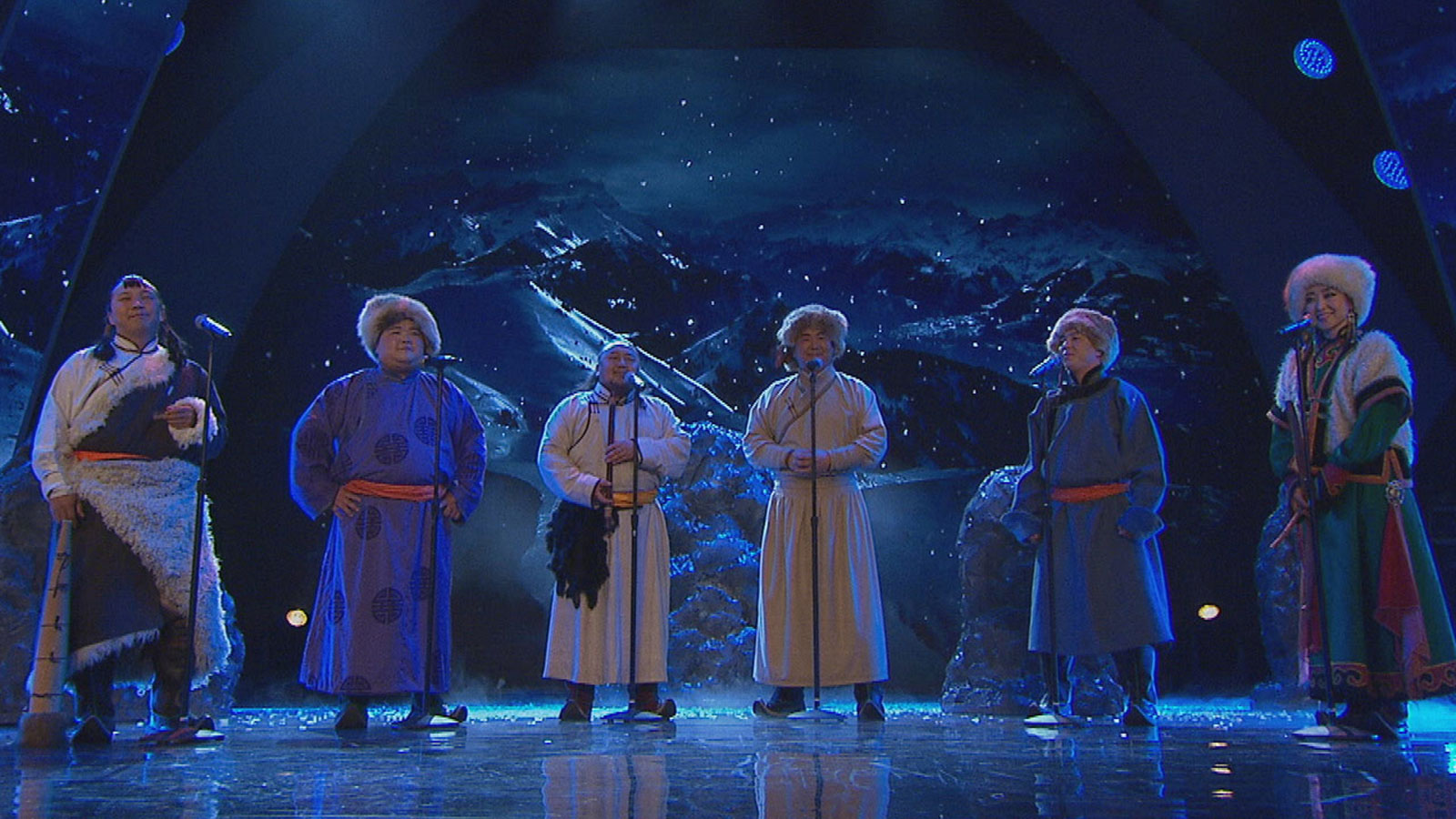
Khusugtun is a group of Mongolian folk musicians with the objective of bringing Traditional Mongolian music to the world. They are inspired by their nomadic ancestry and the historic Mongolian civilization. Their sound consists of traditional instruments and the throat singing of their forefathers. When you hear them play, you can feel the passion and pride they take in their music.
View more: The Khusgtun band
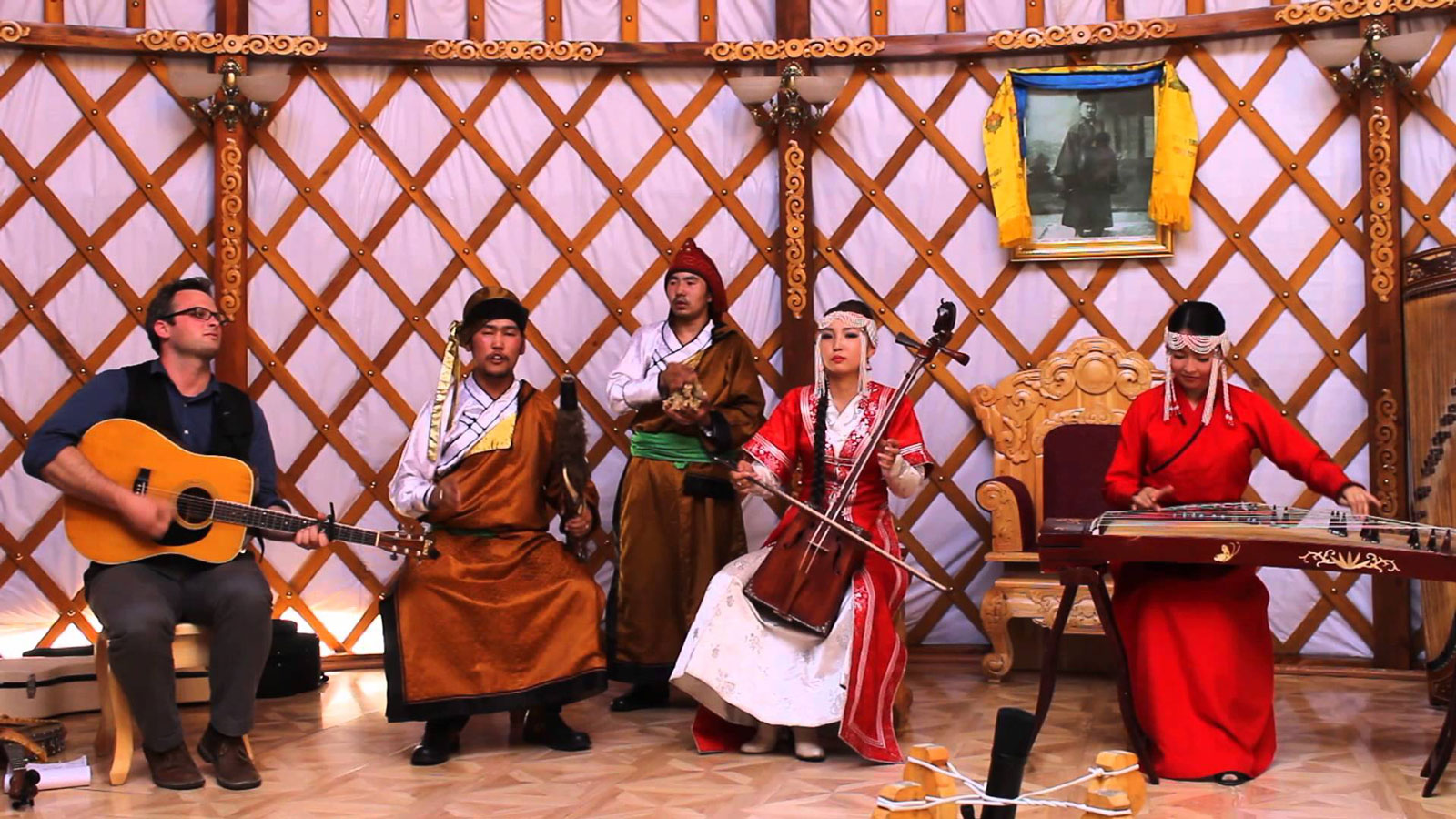
The Altai Band was established on November 11th, 2011 at the Association of Mongolian Traditional Music with the intention of carrying on and promoting ancient nomadic culture and music. The Altai Band often combine their performances with the Western Mongolian region’s Biyelgee dance, the Khuumii, Ikhyel Khuur and the unique Tatlag style of playing the morin khuur. The Altai Band is very special due to their inheritance of 3 to 14 generations of heritage. For example, the Khuumii singer Davaadalai Munkhbat is a 4th generation singer, who has inherited throat singing from his ancestors as well as a 1400-year-old Altai-Yatga bow harp instrument that was entrusted to the Altai Band in 2014.
View more: Altai band
Main article: UNESCO Intangible Cultural Heritage Lists
| Element | Year Inscribed |
|---|---|
| The Traditional Music of the Morin Khuur | 2008 |
| Urtiin Duu - Traditional Folk Long Song | 2008 |
| Biyelgee dance | 2009 |
| Traditional epic poem | 2009 |
| Tsuur end-blown flute | 2009 |
| The Traditional Naadam festival | 2010 |
| Falconry, a living human heritage | 2012 |
| Element | Year Inscribed |
|---|---|
| Mongolian throat singing | 2010 |
| Folk long song performance technique of Limbe (flute) performances - circular breathing | 2011 |
| Mongolian calligraphy | 2013 |
| Traditional craftsmanship of the Mongol Ger and its associated customs | 2013 |
| Mongolian knuckle-bone shooting | 2014 |
| Coaxing ritual for camel | 2015 |